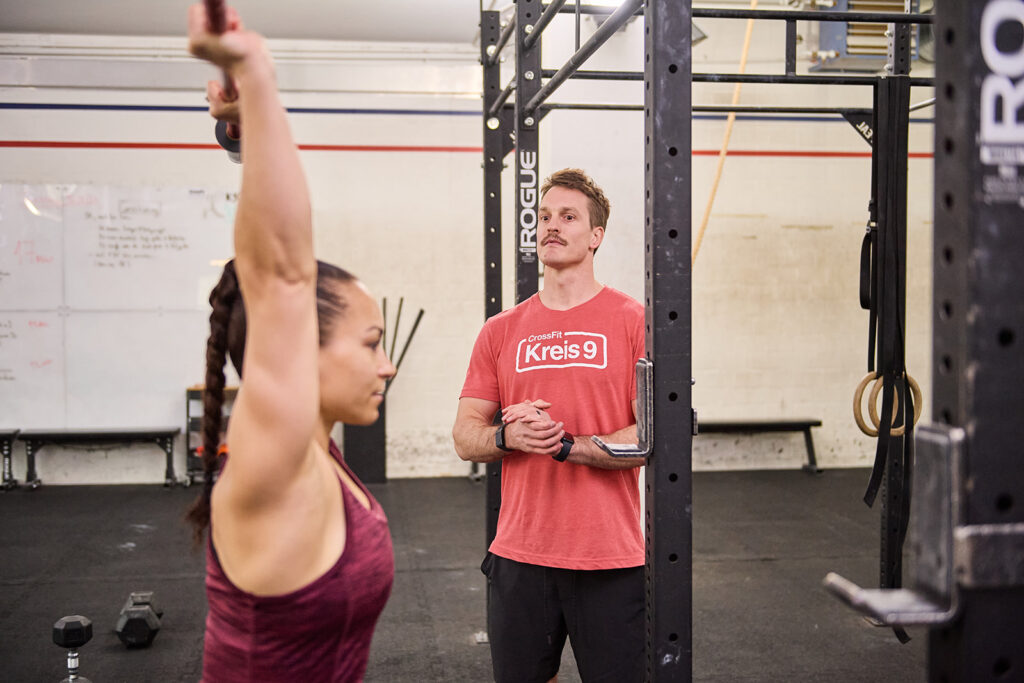
Let’s flip the question around.
Instead of asking “What does personal training cost?”, ask yourself: “What is it worth to feel strong, pain-free, capable, and in control of your body again?”
Because here’s the truth: Personal training isn’t a cost. It’s an investment. And unlike many things we call “investments in ourselves,” this one actually appreciates over time.
The myth of the handbag
Let’s take an example we’ve all seen — maybe even indulged in. A luxury handbag, often described as “an investment in yourself.”
You deserve it. You’ve earned it. And yes, a beautiful handbag may bring joy. But let’s be honest: The moment you walk out of the store, its resale value begins to drop. Use it for a while, and even the best designer bag will show wear.
Keep it on the shelf? It collects dust. Either way, the return on your “investment” is emotional, not measurable — and definitely not compounding.
Now compare that to investing in a personal trainer.
With each session, your strength increases. Your posture improves. Your confidence builds. Your mental clarity sharpens. You sleep better, recover faster, and start feeling proud of what your body can do, not just how it looks.
That’s the kind of investment that multiplies — not diminishes.
Why personal training should never be “cheap”
Professional coaching, like any high-skill service, comes at a price. But more importantly, it comes with value. A qualified personal trainer doesn’t just count reps or hold a stopwatch. They assess, plan, adjust, and coach. They hold you accountable when motivation drops and push you further when you underestimate yourself.
A hobbyist coach might do this as a side gig, dabble in workouts without a clear system, or rely on recycled programs pulled from the internet. That’s not what you’re looking for. And it’s not what you need if you actually want results that last.
When you pay for personal training, you’re paying for:
- A personalized approach that evolves as you do
- Attention to detail in movement, effort, and progression
- Experience in adapting training for your age, injuries, lifestyle, and goals
- Accountability that keeps you showing up even when life gets busy
- Results that stick — because they’re built on a solid foundation
These things are not “extras.” They are the basics of what makes personal training worth the investment. And they don’t come from the cheapest offer on the market — they come from committed professionals who have spent years learning how to deliver transformation, not just sweat.
But what if the investment feels too high?
You’re not alone. It’s a reality for many — especially when juggling other priorities like family, work, or travel.
The good news? There are smart, effective ways to maximize the value of personal training without compromising on quality.
1. Ask for shorter sessions
Not every great workout has to last 60 minutes. In fact, many people get excellent results with 30-minute or 45-minute sessions. If your schedule is tight or the investment feels steep, ask your trainer about shorter options.
A professional coach will be honest: they’ll tell you whether a shorter session makes sense for your goals, or if it would compromise your progress. Often, with the right intensity and structure, shorter sessions can be incredibly effective — especially if you stay consistent and focused.
2. Share your session with a friend
Small group personal training is a growing trend, and for good reason. Training with a friend can:
- Lower the cost per person
- Increase accountability and enjoyment
- Still provide coaching that’s personal and goal-focused
Now, let’s be realistic: It won’t cut the investment in half. But it will help — and the added social element can make the experience even more motivating. Just make sure your training partner has a similar fitness level and goals to keep things productive.
3. Ask for homework — and actually do it
One of the best ways to stretch the impact of your sessions is to extend the coaching into the rest of your week. Ask your trainer for a homework plan: simple movements, mobility drills, or conditioning sessions you can do on your own. Then — and this part matters — do the homework.
It won’t just support your progress. It will make your next session more productive, allow you to spend time on advanced skills, and save you from plateauing due to missed training opportunities.
When you treat personal training as a partnership, where you bring just as much commitment as your coach, your return on investment skyrockets.
The cost of not investing
Let’s not ignore the other side of the coin.
What’s the cost of not investing in your health?
- Lingering back pain that keeps you from sleeping
- Joint stiffness that limits your daily activities
- Muscle loss that reduces your metabolism
- A growing gap between the life you want and the energy you have
Fitness doesn’t take time away from your life — it adds time to your life. And training isn’t selfish. It’s the opposite. It allows you to show up stronger, healthier, and more present for the people and things you care about.
So what does personal training cost?
Personal training is not a luxury. It’s not a splurge. And it’s certainly not comparable to a handbag.
It is one of the most powerful investments you can make in your physical, mental, and emotional well-being.
Will it require a financial commitment? Of course. But ask yourself this:
If your body is the only place you have to live, what is it worth to take care of it with professional support?
The answer is never about the number. It’s about the value.
And when it comes to personal training, the return is life-changing.




